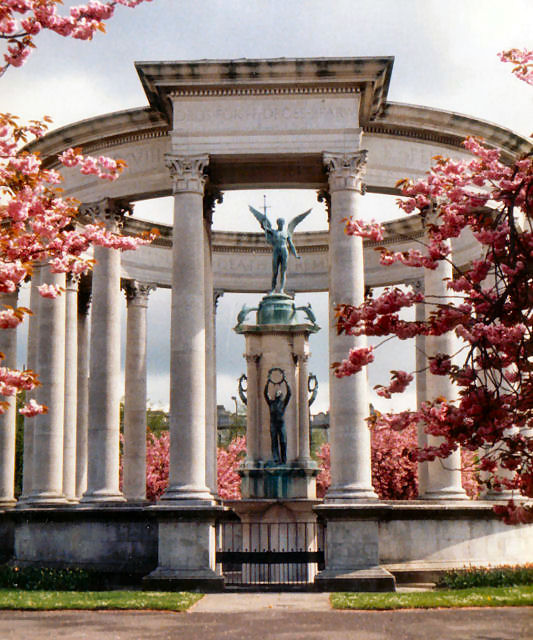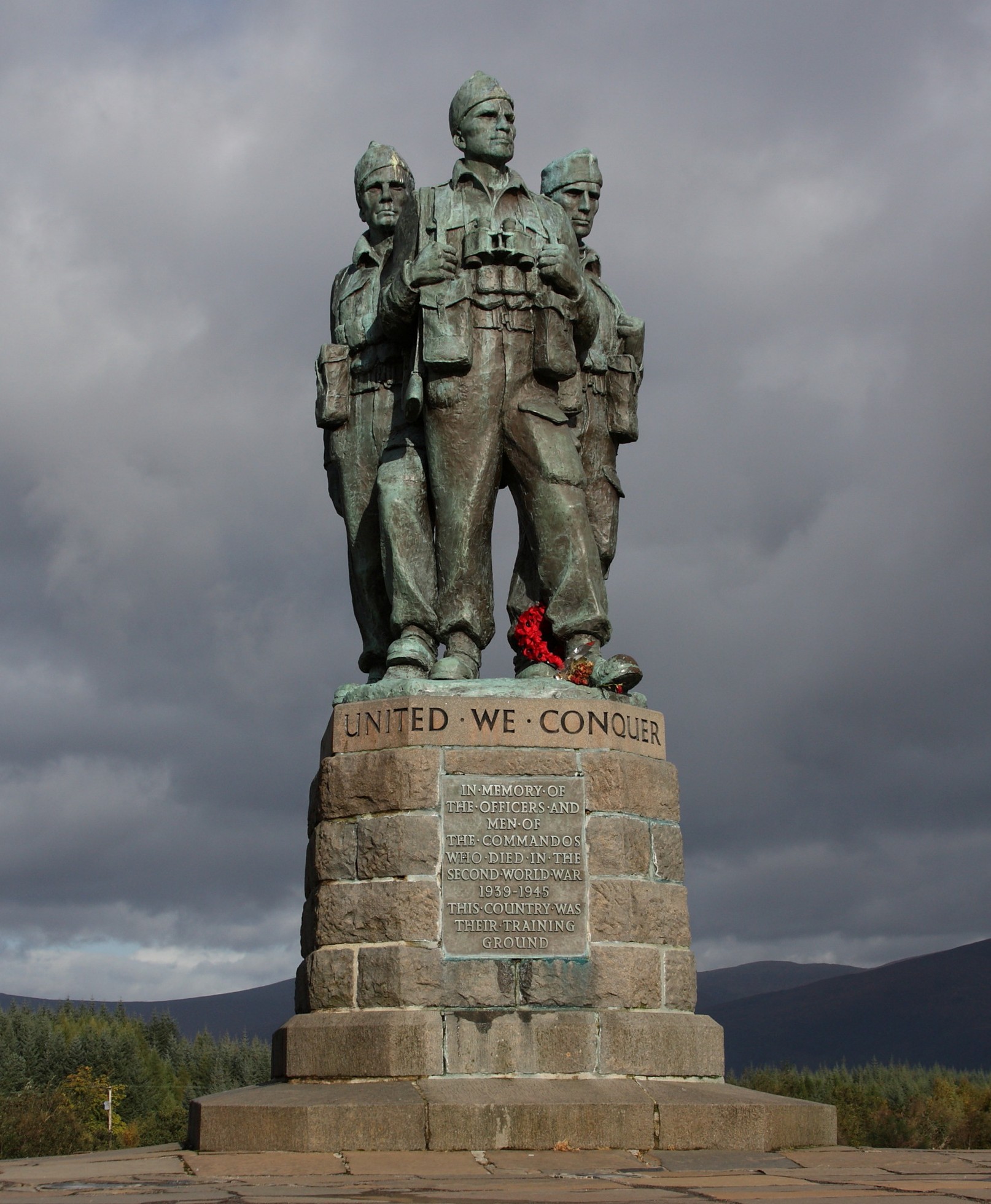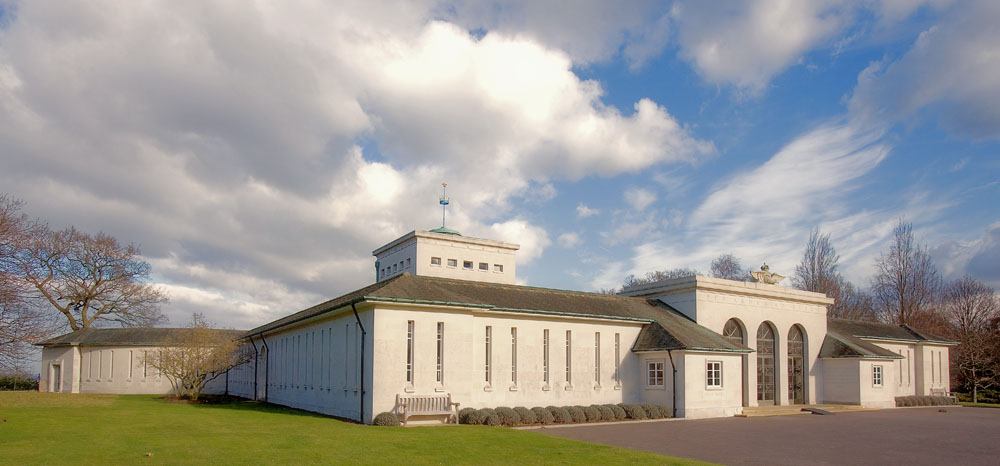This month, we remember and reflect on the bravery of those who fought in the World Wars and all conflicts since. As well as the Remembrance events that happen each November, memorials up and down the country serve as a year-round reminder of the sacrifices they made to secure our freedom.
There are over 68,000 war memorials in the UK. While they’re dedicated to lots of different things, each has its own special significance. We’ve put together a list of some of the most beautiful memorials in the country. Why not try and visit one this month?
Royal Artillery Memorial, Hyde Park, London
Designed by Charles Jagger and Lionel Pearson and unveiled in 1925, the Royal Artillery Memorial is dedicated to the casualties of the Royal Regiment of Artillery in World War I.
It features a giant sculpture of a BL 9.2-inch Mk I howitzer standing on a stone plinth, with scenes from the conflict carved around its edges. A bronze artilleryman stands guard at each of the memorial’s four sides.
The Commando Memorial, Spean Bridge, Scotland
The Category A listed Commando Memorial, located near Spean Bridge village in the Highlands, is dedicated to the British Commando Forces who trained in the surrounding area during World War II.
The memorial was designed by Scott Sutherland and features three Commandos cast in bronze standing on a stone plinth. It’s become a popular tourist attraction, offering views of Ben Nevis and Aonach Mòr.
Air Forces Memorial, Runnymede, Surrey
The Air Forces Memorial, or Runnymede Memorial, commemorates more than 20,000 airmen and airwomen who were lost in air operations during World War II. Those recorded have no known graves, and many of them were lost without trace.
The memorial was designed by Sir Edward Maufe and sculpted by Vernon Hill, and was unveiled by Queen Elizabeth II in 1953. It looks out over the River Thames and Runnymede Meadow, and you can see most of north, west and central London from its viewpoint.
Those 20,000 without a grave of 116,000 killed in service with the Commonwealth Air Forces have their names recorded here. The memorial opened by HRH Elizabeth II in 1953 overlooks the riverside meadows where Magna Carta was sealed.The Monument draws up into the Skies.
The Cenotaph, Southampton, Hampshire
The Cenotaph in Southampton was designed by Edwin Lutyens and unveiled in 1920 to commemorate those who fell in World War I.
Lutyens intended the monument to be an abstract representation of a soldier having fallen heroically in a peaceful, ‘beautiful death’. It was heavily influential in the design of Lutyens’ later, more famous, Cenotaph in Whitehall.
Welsh National War Memorial, Cardiff, Wales
The Welsh National War Memorial, designed by Sir Ninian Comper, was unveiled in 1928 in Alexandra Gardens, Cathays Park. It was originally dedicated to the Welsh people who died during World War I; a plaque commemorating those who died in World War II was added in 1949.
The memorial is Grade II listed, and features a circular stone colonnade with four bronze figures in the middle – a soldier, a sailor and an airman, and a central figure representing victory.

The Royal British Legion’s Poppy Appeal raises money to support those currently serving in the Armed Forces, veterans, and their families and dependants. You can find out more about the appeal and donate here.





